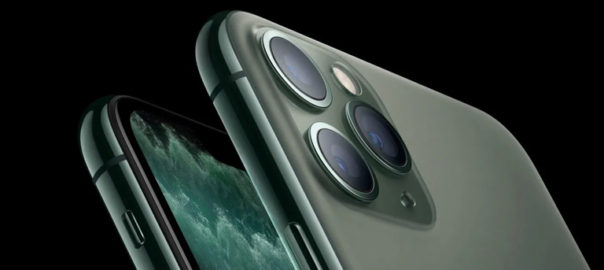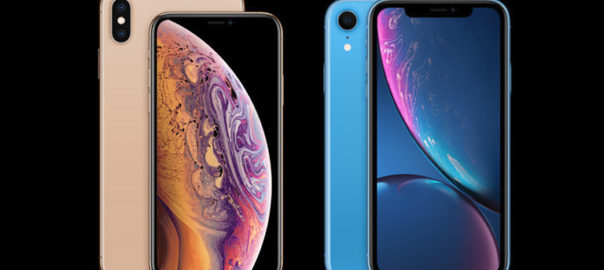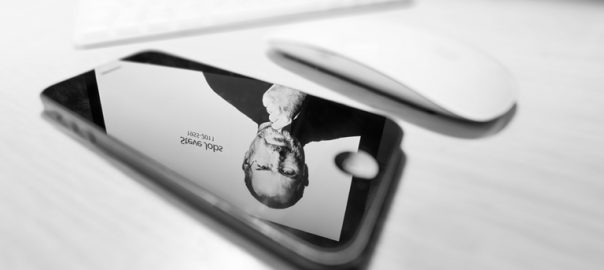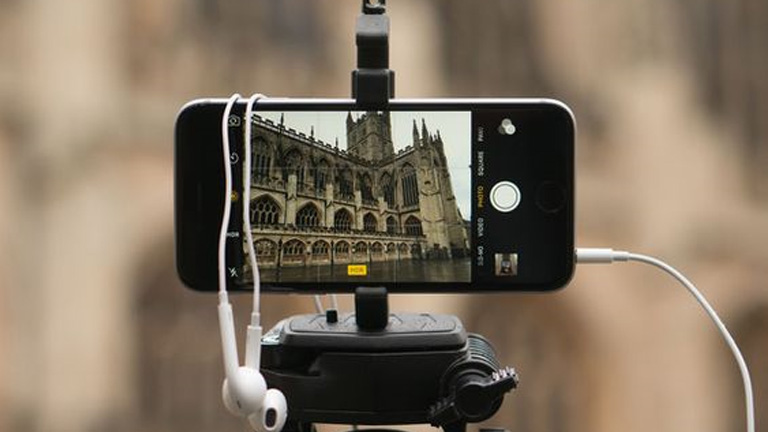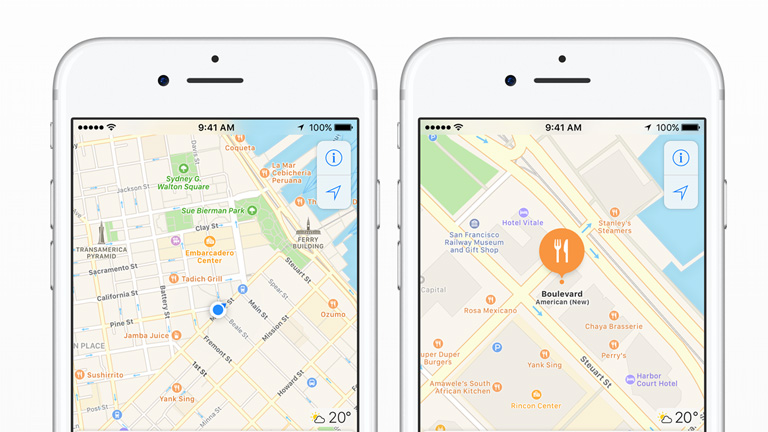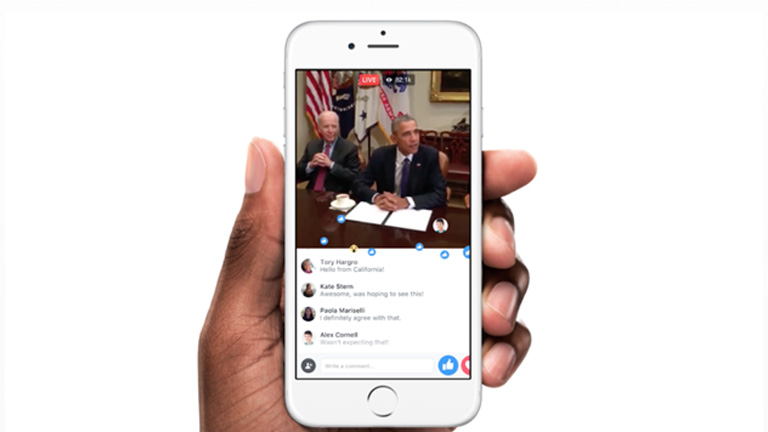Apple’s new iPhone series is here. Apple unveiled three new iPhones – the iPhone 11, iPhone 11 Pro and the iPhone 11 Pro Max – at a special event at the Steve Jobs Theatre at Apple Park in Cupertino, California earlier this week. The iPhone 11 is this year’s budget iPhone and the apparent successor to the iPhone XR. It isn’t going to be radically different than the iPhone X and iPhone XS, but there are still noticeable changes to set it apart from last year’s models.
Design
From the front, the iPhone 11 looks similar to the iPhone XR, with the thickness of the bezels too remaining roughly the same. However, it is at the back that Apple has included some new design features. The back panel now has a dual rear camera setup inside a square bump on the back. Apple has upgraded the quality of glass used on both the front and the back, which it claims is the toughest on any smartphone.
Battery
On the iPhone 11, Apple has promised even better battery life thanks to the slightly larger 3,110mAh battery. According to the company, it can offer an additional one hour of battery life when compared to the iPhone XR. It also provides reverse wireless charging and 15W fast-charging support, though the fast-charger is still not offered out of the box.
Camera
The most significant, noticeable difference is the square camera patch on the back of the two Pro models. The iPhone 11 features a primary 12-megapixel sensor and another 12-megapixel ultra-wide unit. Apple has added new features such as Portrait mode for animals, an ultra-wide mode, and a brand new night mode. You can also shoot video using the ultra-wide sensor at 4K 60fps. The new iPhone gets a 12-megapixel front camera compared to the 7-megapixel unit on the iPhone XR.
And while we’re excited to see what that new lens is capable of, the patch design has polarized Apple fans — at least in renders and mock-ups of the device. Apple could pull off a more refined look than the giant square we’ve seen from case makers and conceptual artists, but the effect will overall be much more noticeable than triple-lens cameras we’ve seen from other smartphone makers.
You may be interested in the iPhone 10’s specs to compare with the latest version. Read Here
Colors
Apple usually plays it safe when it comes to iPhone colors and finishes on its high-end models, saving the fun hues for lower-priced phones. The color options available for the iPhone 11 are Purple and Green, with the older ones Yellow, White, Black, and Red still around.
Hardware
With the iPhone 11, Apple has upgraded the internals to make the affordable iPhone more powerful than ever. It gets a new A13 Bionic chipset, which is claimed by Apple to be the fastest CPU on a smartphone. The chipset is reportedly paired with 4GB RAM.
A Tougher iPhone
Apple boasts that this year’s phones are the toughest yet. Much of the advertising revolves around their resistance to falls and liquid immersion. The iPhone 11 has a dust- and water-resistance rating of IP68. That’s the highest rating commonly given to consumer products and an upgrade from the IP67 bestowed upon the iPhone XR.
The firm describes the 11 as “splash, water and dust-resistant”. It is said to be it was “tested under controlled laboratory conditions with a rating of IP68 under IEC standard 60529 (maximum depth of 2m up to 30 minutes)”. It’s also reportedly protected against accidental spills from coffee and other common liquids.
The release date is set for September 10, with pre-orders going live from Friday, September 13. It goes on sale on September 20. The new iPhone 11 has storage options starting at 64GB, going up to 128 GB. The Pro and Pro Max come in three storage sizes. The small 64GB option is joined by the default-best-for-most-people 256GB, and the power-user-maxed-out 512GB. There’s no 128GB size this year, for the Pro and Pro max models. With no expandable storage on offer, some might moan that there’s no 1TB option, as there is with the Note 10 and Note 10 Plus.
With the new iPhone 11 series, comes new challenges and opportunities for app designers and developers. How can you provide a better user experience to your users who will be using these new models? What are the tricks and tips? Speak to our design experts for more details.


